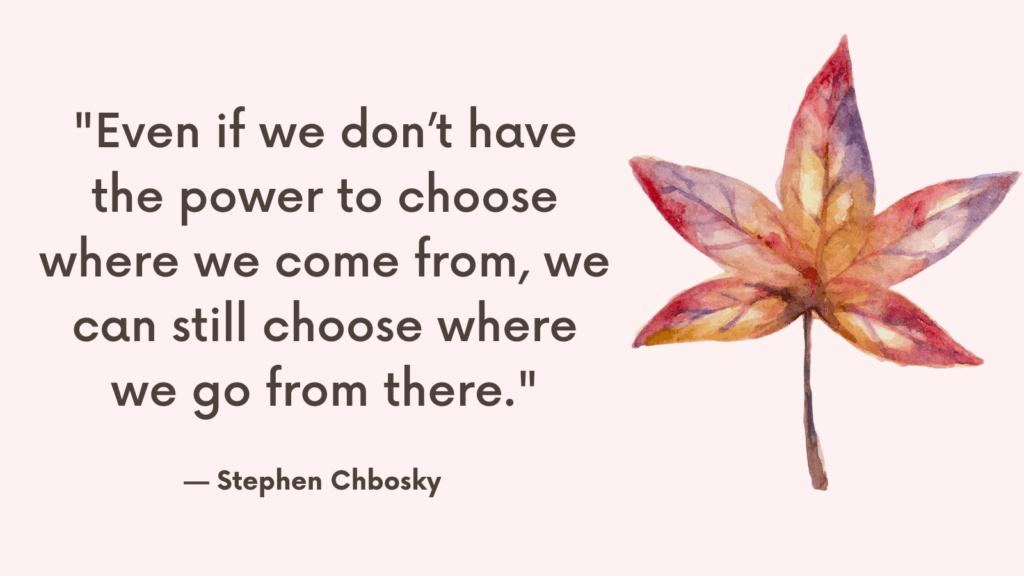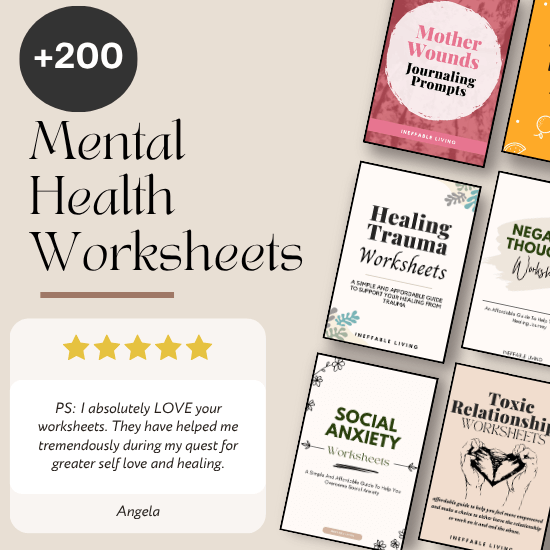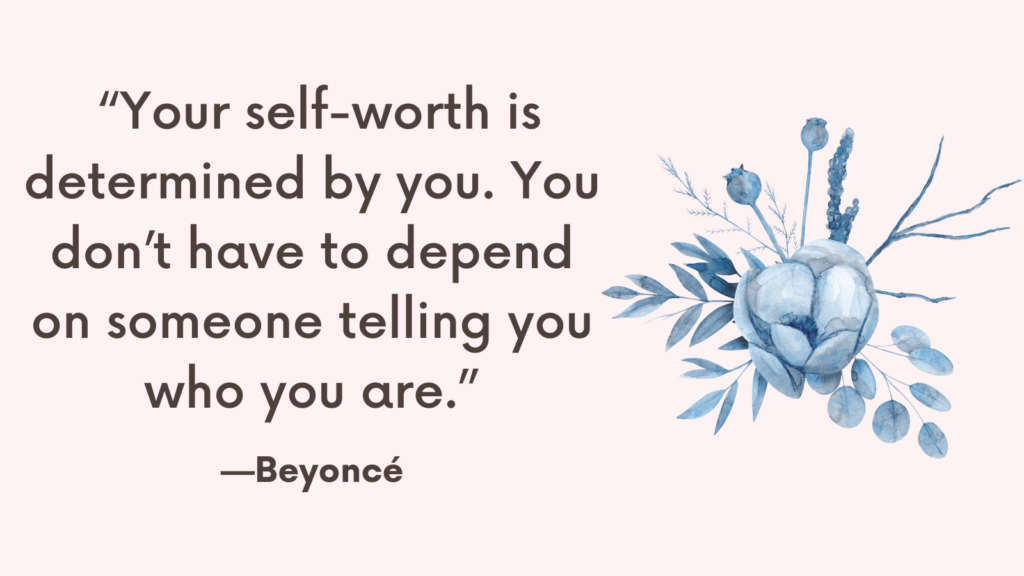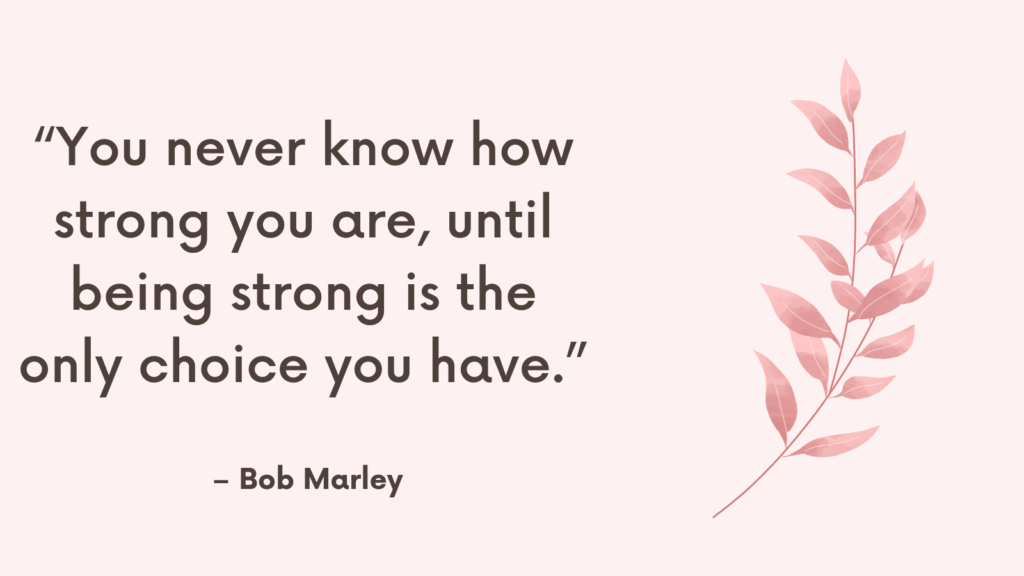Stress doesn’t just live in your mind. Your body stores it too—through tight muscles, shallow breath, racing heartbeat, and chronic tension. When stress accumulates physically, it can lead to fatigue, pain, and emotional burnout. Here’s how to recognize where your body is holding stress and how to release it step by step.
How the Body Stores Stress
When you experience a stressful event, your body activates the fight, flight, or freeze response. Even after the stressor passes, your body may remain stuck in that heightened state. Over time, unprocessed stress can show up as:
- Muscle tension
- Digestive issues
- Shallow breathing
- Fatigue or insomnia
- Chronic headaches
- A racing heart
- Restlessness or numbness
This is not just a “bad day.” It’s your nervous system still reacting to something it hasn’t fully discharged.
Common Areas Where Stress Lives in the Body
Neck and Shoulders
Constantly tightened shoulders often reflect emotional burdens or feeling responsible for too much.
Jaw
Jaw clenching or teeth grinding can be a sign of repressed anger or anxiety.
Chest
A heavy or tight chest can be connected to grief, fear, or unexpressed emotion.
Stomach
Butterflies, nausea, or cramps often signal anxiety, dread, or a loss of control.
Hips and Lower Back
These areas often hold repressed tension, especially from trauma or prolonged fear responses.
How Your Body Holds Stress—and How to Release It?
1. Notice Your Tension Hotspots
Common areas that hold stress include the jaw, neck, shoulders, chest, stomach, and lower back. Do a daily body scan and ask, “Where am I holding right now?”
2. Practice Conscious Breathing
Stress often shortens your breath. Try inhaling slowly through your nose for 4 counts, holding for 4, and exhaling through your mouth for 6. Do this for a few minutes to calm your nervous system.
Related: 15 Quick Stress Relief Activities You Can Do Anywhere
3. Stretch the Stiffness Out
Gentle stretches for your neck, shoulders, hips, and lower back help release stored physical tension. Even five minutes of movement makes a difference.
4. Shake It Off
Animals instinctively shake after stress. You can do the same. Stand up, loosen your limbs, and shake your hands, arms, or legs for 30 seconds to release nervous energy.
Related: How to Break the Cycle of Stress and Overwhelm in Daily Life?
5. Let Your Body Complete the Stress Cycle
After a stressful event, your body needs signals of safety to return to calm. Physical activity like walking, dancing, or swimming helps discharge the stress response that’s still lingering.
6. Release Jaw and Facial Tension
Unclench your jaw, soften your tongue, and relax the area between your eyebrows. These small zones hold emotional stress and fatigue.
7. Try Progressive Muscle Relaxation
Start at your feet and move upward, tightening each muscle group for 5 seconds, then releasing. This helps you become more aware of where you’re holding tension.
Related: Coping with Academic Stress: 12 Tips for Students and Professionals
8. Create a Safe Physical Environment
Your body responds to your surroundings. Light a candle, dim harsh lights, put on calming music, or use a weighted blanket to signal that it’s okay to relax.
9. Use Touch or Massage
Gently rub your shoulders, temples, or the soles of your feet. Use your hands or a massage ball to release knots and reconnect with your body.
10. Soothe with Warmth
Apply a warm compress or take a hot bath or shower. Warmth helps your muscles relax and lowers cortisol levels.
Related: How to Create a Calm Home Environment to Reduce Stress?
11. Vocalize to Release Tension
Humming, sighing, or chanting can vibrate the vagus nerve and help bring your body into a relaxed state. Even one long exhale with a “haaaa” sound can help.
12. Set Boundaries to Prevent Physical Burnout
If your body is constantly in stress mode, check what you’re saying yes to. Saying no or pausing when you’re overwhelmed helps your body avoid overload.
13. Ground Through Your Senses
Bring your body into the present by focusing on what you see, hear, touch, smell, and taste. This reconnects your awareness with the now, not the stress story in your head.
14. Get Sleep That Actually Restores You
Stress interrupts quality sleep. Create a consistent bedtime routine, unplug early, and keep your sleep space dark and cool to help your body repair.
Related: Best 21 Evening Journal Prompts To Help You Relax & Unwind
15. Listen to What Your Body Is Trying to Say
Tightness and pain are messages, not just symptoms. Ask your body, “What do you need from me right now?” and honor the answer if you can.
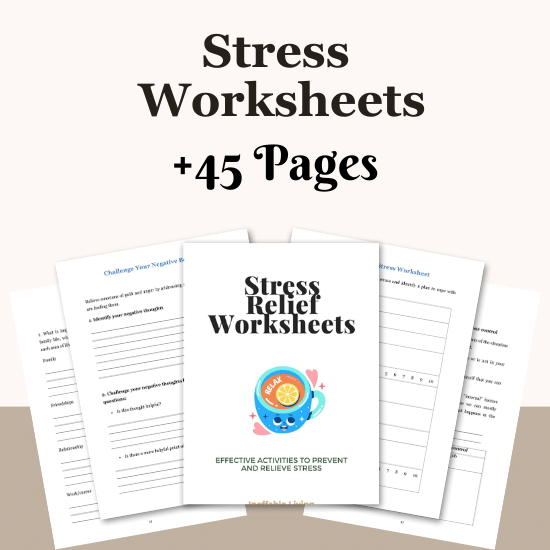
Conclusion
Your body is your first responder to stress—and your most powerful tool for release. When you tune in and care for it regularly, you build a deeper sense of safety and resilience from the inside out.
